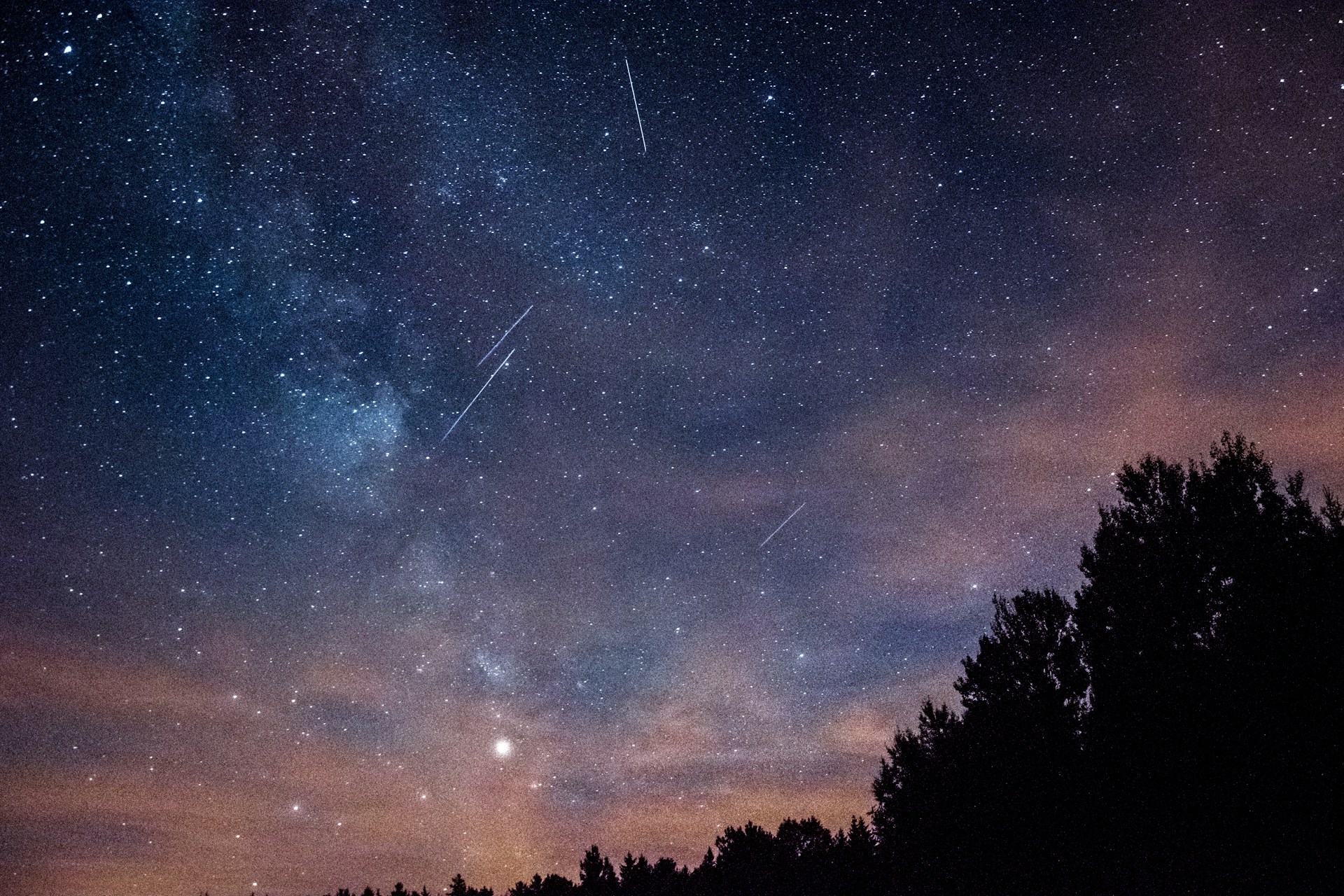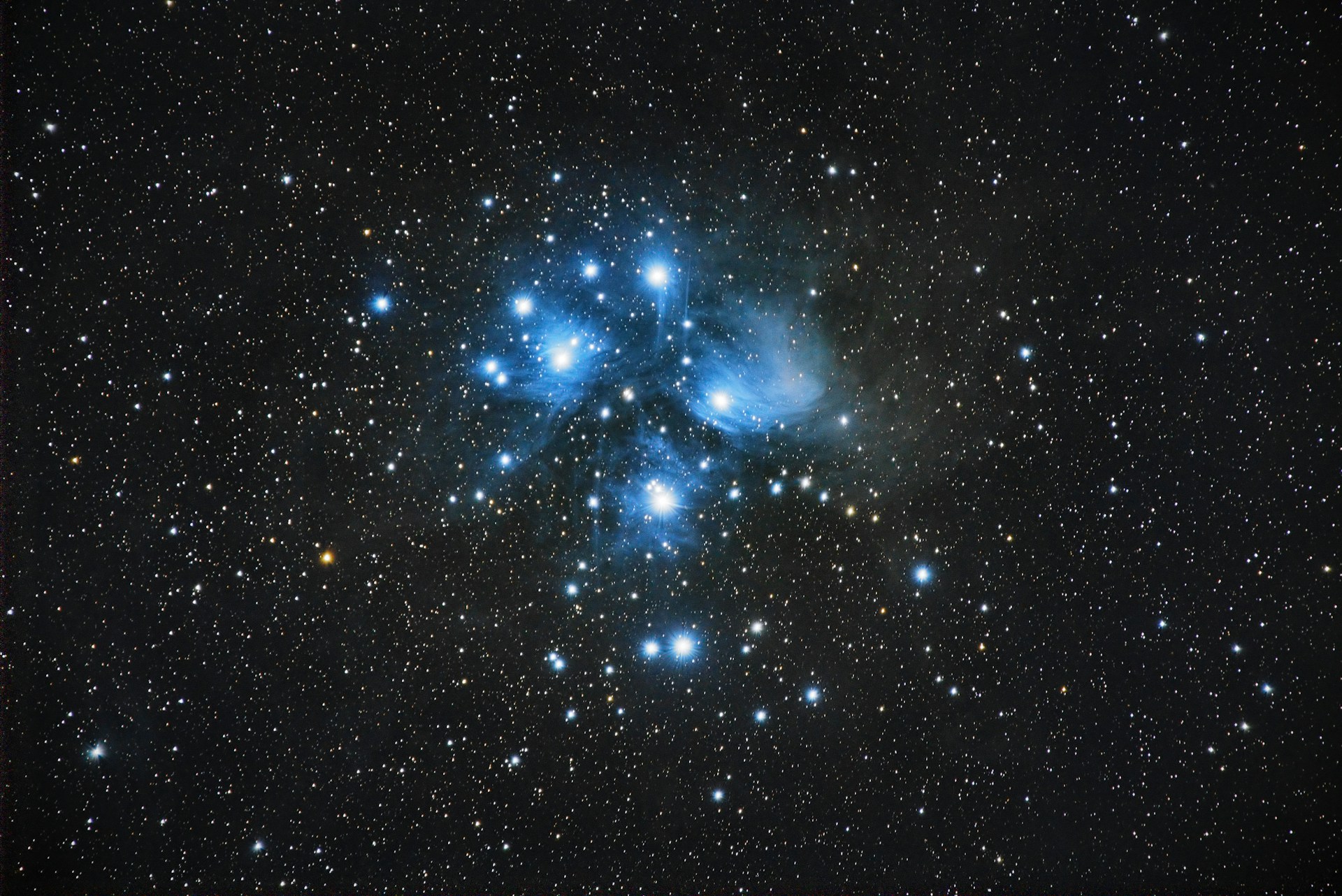Last April, as the solar eclipse rose high into a cloudless blue sky, an affinity for astronomy was unlocked in the millions of onlookers who traveled for a clear glimpse of the path of totality. This coincidental alignment of our solar system may not be enticing for some, but for others, it inspired a new travel trend for 2025, often referred to as “noctourism.”
With interest in visiting dark sky destinations and witnessing once-in-a-lifetime cosmic events soaring, The Compass has compiled a list of astronomical events occurring in each month for the remainder of 2025. Read on to discover what nighttime phenomena awaits and where travelers can go for the best viewing.
March – Total Lunar Eclipse
Starting off strong, the next upcoming event is a total lunar eclipse occurring during the early morning hours of March 14. The eclipse is a result of the moon passing into Earth’s shadow and is commonly referred to as the “blood moon,” aptly named after its reddish appearance. This event is visible across all North American time zones — yes, even Alaska and Hawai’i — with totality predicted on March 14 from 2:26 a.m. EDT (Eastern Daylight Time) to 3:32 a.m.
Fun fact: the moon’s reddish tint is a result of Rayleigh scattering, a process where Earth’s atmosphere filters out wavelengths and allows the red and orange ones to shine through. This is the same phenomenon responsible for the warm glow we see at sunrise and sunset.
In addition to the eclipse, those craving the shining sun and comforting temps are in luck as the spring, or vernal, equinox takes place on March 20. An equinox occurs when neither hemisphere is tilted towards or away from the sun, meaning there are roughly equal hours of daylight and darkness. The spring equinox marks the official start of spring, and the days slowly become a little longer.
April – Lyrid Meteor Shower
The oldest recorded meteor shower still visible today — it was first noted in 687 B.C. — the Lyrid meteor shower spans from April 16 – 25, though it peaks on the night of April 21. The shower is caused by debris from Comet C, which completes a lap around the sun every 415 years. While the Lyrids aren’t known for being the most active shower, it is still quite a marvel to watch, and travelers have the best chance of doing so in dark sky parks or other remote areas away from light pollution.
May – Eta Aquarid Meteor Shower
Missed April’s shower? That’s okay, because there’s plenty more where that came from. The Eta Aquarid shower, a result of the debris from the famous Halley’s Comet, technically starts April 15 and runs through May 27, although its peak is the night of May 4 into the morning of May 5. Onlookers will likely see the shower low in the sky in the early hours pre-dawn.
June – Summer Solstice
June is a quiet month in astronomy, with the only notable event being the summer solstice on Friday, June 20. It marks the longest day of the year and the official start of summer. Most regions in the United States will see around 15 hours of daylight on the summer solstice, though the exact number varies slightly by location.

July and August – Perseid Meteor Shower
We weren’t kidding when we said there were more meteor showers happening in 2025. This one is a highlight for many astronomers because of its high hourly rate and bright meteors. At its peak, those watching could see up to 100 meteors every hour, with the potential to catch a fireball or two as well. As the meteors pass through Earth’s atmosphere, they leave long “wakes” of light and color behind them, and it’s for all these reasons that NASA has identified the shower as one of the most popular. Luckily for those down on Earth, there’s plenty of opportunity to witness it as it occurs from mid-July to late August.
September – Saturn at Opposition
The other phenomena up until this point have been visible to the naked eye, but this event is extra special as it requires a telescope or stargazing binoculars — nothing fancy or over-the-top, just a little something to help magnify the sight. Saturn becomes visible when it’s at its closest approach to Earth, fully illuminated by the sun across from it. This oddity takes place on September 21 around 1:10 a.m. EDT.
Following closely behind Saturn at opposition is the autumnal equinox on September 22. For those who love spooky season and colder weather, this marks the start of fall.
October – Orionid Meteor Shower
A nearly identical occurrence to the event in May, Halley’s Comet is also responsible for this shower. The Orionid shower is visible during the night of October 21, predicted to be at its peak in the early morning hours of October 22.

November – The Pleiades and a Supermoon
Also referred to as the “Seven Sisters,” this star cluster is an extraordinary sight. Located in the constellation Taurus, the cluster is one of the closest to Earth. It is visible from October to April, though the best viewings are said to be in November and December. While there are more than 1,000 stars in the cluster itself, only six are visible to the human eye.
Additionally, on November 15, a supermoon can be seen glowing in the night sky. The moon is at its closest to Earth during this time and also in its full phase, making it appear especially bright and large to the humans far below.
December – Geminid Meteor Shower
If you thought we were done with meteor showers, we’ve got one more in store to close out 2025. The Geminids are another popular one because, at its peak around December 13 – 14, and with a dark sky and no moon, those watching can see up to 120 meteors per hour. This stunning light show lasts for 24 hours, becoming visible around 9 or 10 p.m. local time.
Not that too many of us likely want the reminder, but winter solstice, aka the shortest day of the year, lands on Sunday, December 21.
Recommended Destinations
As is the case with most things in the night sky, astronomical oddities are best viewed in places away from light pollution. Dark sky parks are the perfect place to view these anomalies, and there are plenty of options across the U.S. Here’s a list of some of our favorites:
- Grand Canyon National Park, Arizona
- Bryce Canyon National Park, Utah
- Big Bend National Park, Texas
- Cape Lookout National Seashore, North Carolina
- Stephen C. Foster State Park, Georgia
- AMC Maine Woods, Maine
- Lawless Park, Michigan






Kelli J | 03/12/25 - 12:29 PM
Some great travel opportunities for our astrology friends
| reply